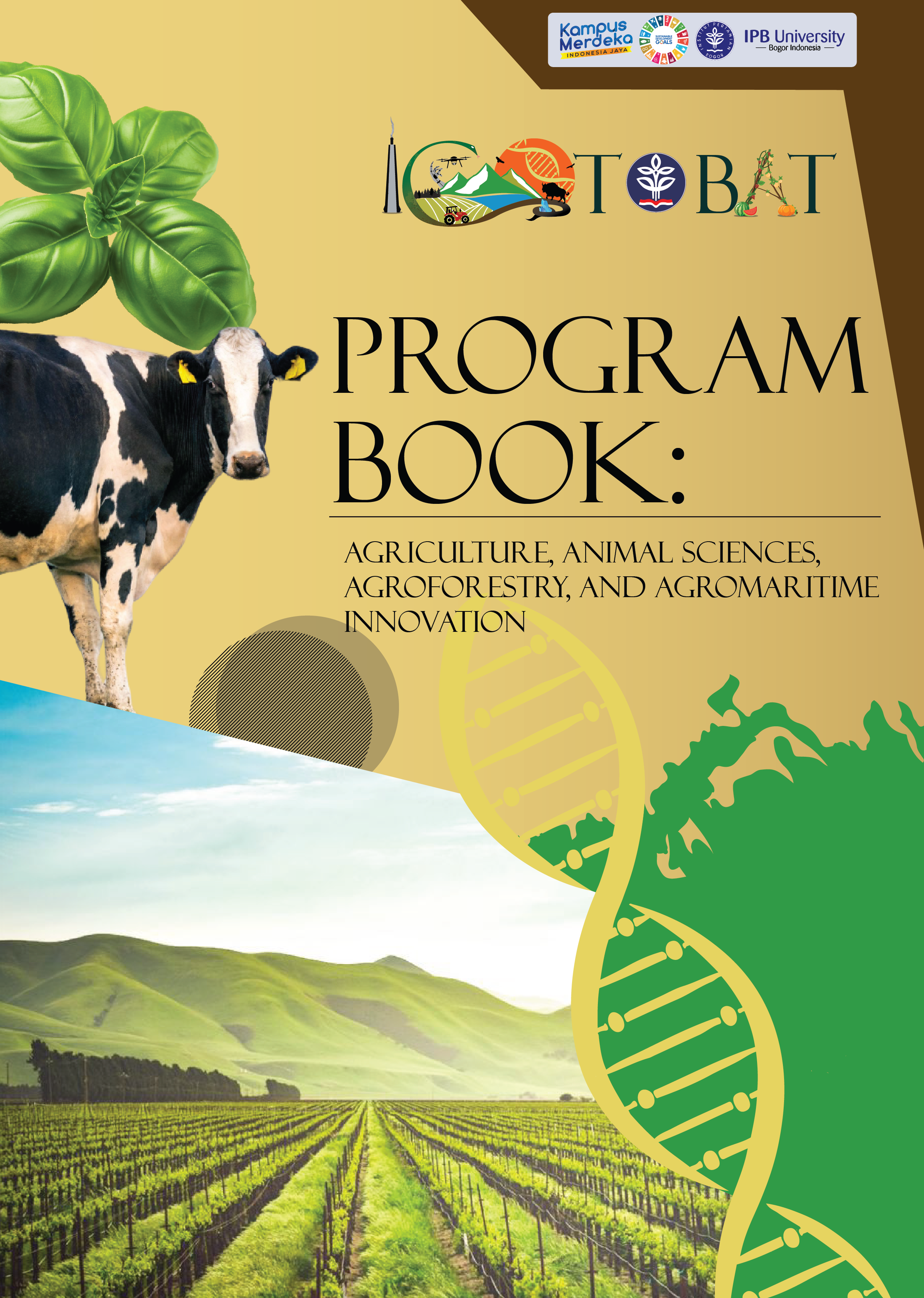Comparative Analysis of Calcium Sources for Enhancing Protection in Coconut Fatty Acid Distillate Ca-soap Production using FTIR
Keywords:
calcium soap, carboxylic acids, CFAD, dairy feed, FTIRAbstract
Coconut fatty acid distillate (CFAD) is a by-product of the coconut oil process which contains high medium-chain fatty acid and can be utilized as an energy supplement in dairy cattle as a protected form. Calcium soap is a protected fat method that is affordable to apply in dairy farms. This study aimed to compare the quality of calcium soap with different calcium sources using Fourier Transform Infrared (FTIR) Spectroscopy. There were two calcium soaps of CFAD using CaO by modified fusion method and CaCl2 by double decomposition process. The FTIR spectra and transmittance peaks from CaO-CFAD and CaCl2-CFAD were compared with CFAD. The results showed transmittance peak of carboxylic acids and water functional molecules were different in CFAD compared to calcium soap. There was no peak transmittance of water functional molecules (O-H and H-O-H) on CFAD. However, the presence peak on calcium soap products showed water production of saponification reaction. As for carboxylic acid molecules, C=O functional groups decreased after the reaction to calcium soap. The transmission value of C=O bond in CFAD is 47.1%, only 89.34% of CaO-CFAD, and there was no peak in CaCl2-CFAD. The lower transmittance of carboxylic acids was correlated with higher calcium soap conversion. In conclusion, the calcium soap of CaCl2-CFAD was of higher quality than CaO-CFAD.






























